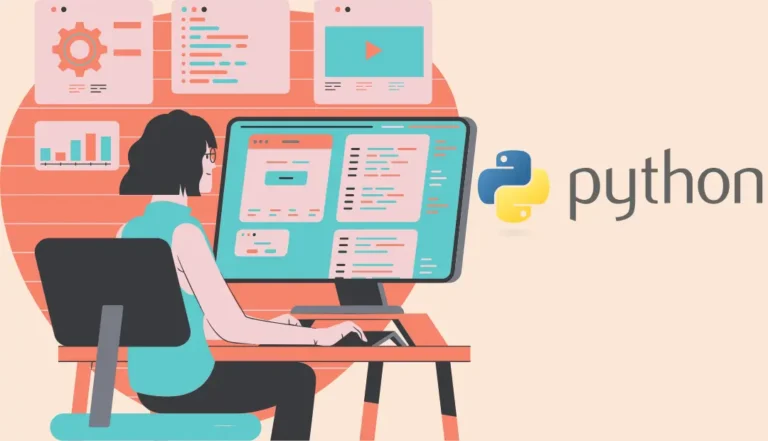Artificial Intelligence and software development are evolving at a rapid pace. Windsurf Vibe Coding has launched its in-house AI model to take the concept forward. This is a model that is proving to be game changing in the developer community globally. It is increasing the excitement and curiosity among developers.
But what is Vibe-Coding? What does Windsurf’s new AI model represent? And why is this AI model a game changer in the developer world? Through this post, we are going to answer all these questions.
What is Windsurf?
Founded in 2022 by a team of former IDE engineers, UX designers, and AI researchers from companies like GitHub, Figma, and OpenAI, Windsurf was born out of a simple but powerful observation: coding is not just logical—it’s emotional. Developers, whether solo freelancers or part of large teams, often experience intense emotional highs and lows while writing and debugging code.
Windsurf set out to change the way developers interact with their coding environments by focusing on emotional alignment, mental health, and real-time adaptive tooling. This approach led to the birth of a new concept—vibe-coding—a coding philosophy and interface paradigm that responds to the user’s emotional and cognitive state, helping them stay in the flow, remain creative, and feel more satisfied at the end of the day.
Understanding Vibe-Coding
Vibe-coding, as championed by Windsurf, goes beyond syntax highlighting and auto-completion. It’s about creating a responsive, immersive environment that reacts to a developer’s:
- Mood and focus level
- Current stress or burnout markers
- Coding patterns and typing rhythm
- Social cues in team collaboration
This is achieved using biometric signals (optional), behavioral data, and sentiment analysis based on code comments, chat messages, and interaction speed.
The idea is simple: just as music playlists can match your mood, so too should your coding environment. Whether you’re deep in creative logic, stuck in a frustrating bug, or just flowing with repetitive tasks—Windsurf aims to amplify your “vibe” and reduce cognitive load.
Why Build an In-House AI Model?
With large AI models like OpenAI’s GPT-4, Anthropic’s Claude, and Meta’s Llama 3 dominating the space, some might wonder: why would a startup like Windsurf go through the effort of building its own model?
- Specialization: Generic LLMs are powerful, but Windsurf needed something tightly aligned with their vibe-coding philosophy. That meant designing a model that could:
- Understand not just code, but emotions behind code
- Track longitudinal behavior of users to offer context-aware support
- Adapt tone and suggestions to match a developer’s current emotional state
- Respect privacy and work entirely offline if needed
- Latency and Privacy: By building their own in-house model, Windsurf can deploy it locally on user machines, ensuring:
- Ultra-low latency suggestions
- Full privacy and offline functionality
- Customization at the individual user level without sending sensitive code to the cloud
This makes it particularly appealing to enterprise teams with strict compliance needs or developers working on proprietary projects.
- Cost and Control: Training their own model allows Windsurf to fine-tune the economics of their product offering. Rather than pay per token to a third-party API, they can offer predictable pricing to customers—and maintain full control over the model’s evolution.
What Makes Windsurf’s AI Model Unique?
Windsurf’s AI model, called “AURA”, is a lightweight, edge-optimized transformer architecture trained on a blend of:
- Public open-source repositories
- Emotional tone-labeled code comments and commit messages
- Developer forum data from GitHub Discussions, StackOverflow, and Reddit
- Proprietary vibe-aligned datasets collected with user consent
But more than just code completion, AURA is engineered with several standout features:
- Emotion-Aware Prompting Engine: AURA can detect the likely emotion behind a code snippet or comment—be it frustration, excitement, confusion, or boredom—and adapt its responses accordingly. If you’re clearly stuck and typing partial logic over and over, it might offer a gentle suggestion or recommend a short break.
- Focus Mode Integration: Tied to Windsurf’s signature Vibe Meter, AURA can reduce distractions by minimizing notifications, adjusting theme colors based on circadian cycles, or even suggesting background music or breathing exercises if your concentration dips.
- Team Vibe Feedback: For remote teams, AURA offers aggregated, anonymized vibe summaries. If several team members are showing signs of fatigue or burnout (via language and activity trends), the system can prompt a manager to check in—helping to foster healthier team dynamics.




